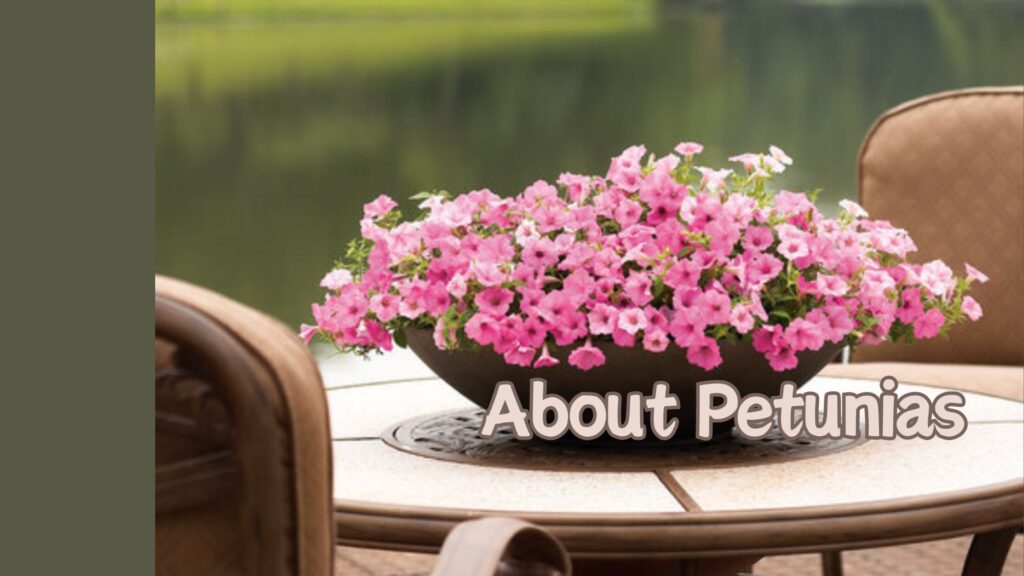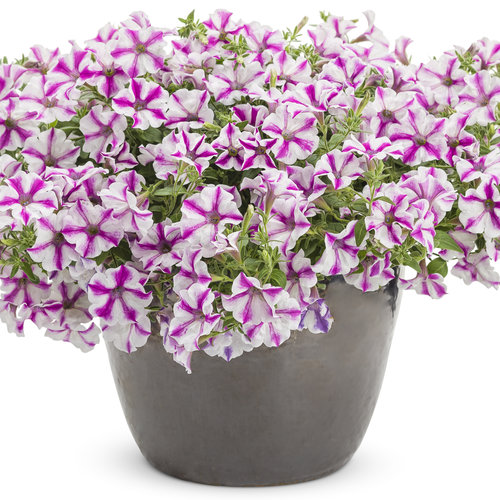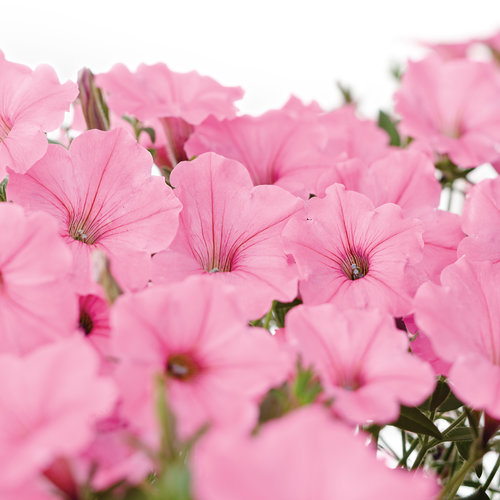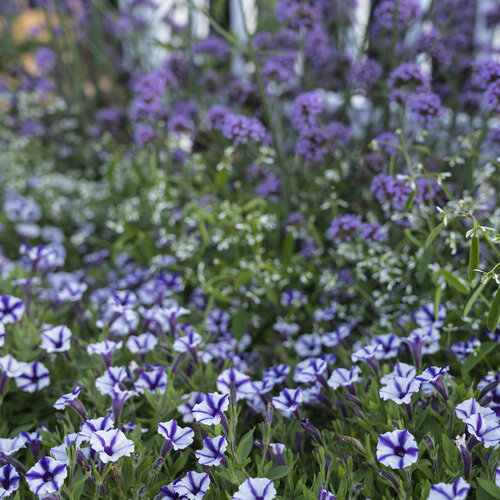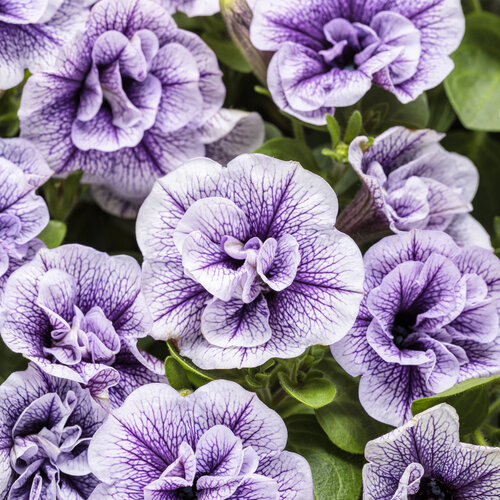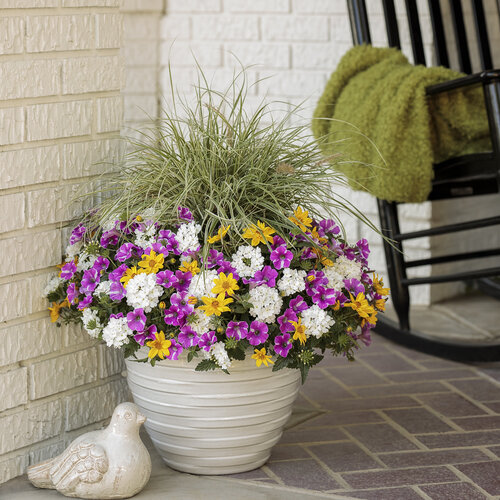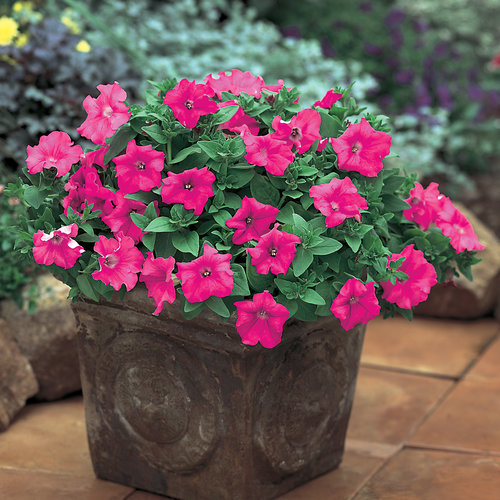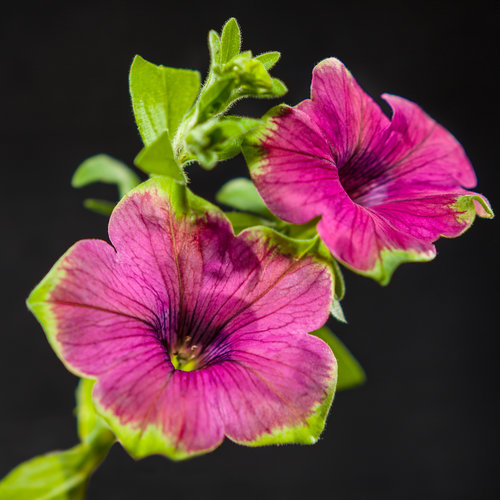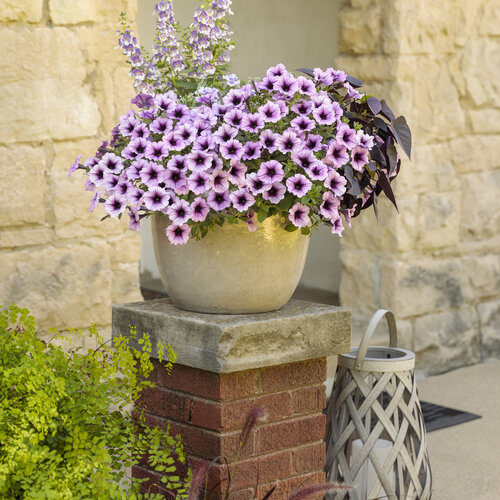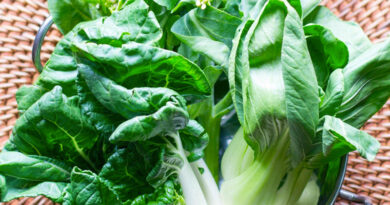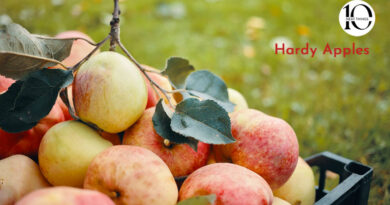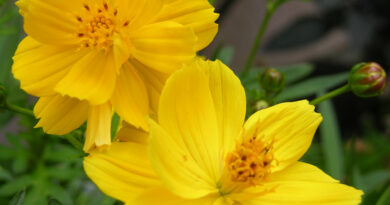Ten Neat Things About Petunias
1. Nectar for friends, poison for foes.
The lovely scent of petunias is in the nectar, which is why pollinators are attracted to this beautiful plant. One problem with many pollinator attractors is that they attract insects that will eat them and other plants you are trying to cultivate. Petunias, though, also have sticky little hairs (trichomes) that will deliver nasty metabolites to anyone who goes for a nibble of the plant.
3. Water hogs.
Petunias need regular moisture, leaving the soil to become dry on the surface between waterings. They will show drooping leaves, dry and brittle stems, and flowers may drop prematurely if they aren’t getting enough water. Conversely, if you give them too much, the leaves will turn yellow and the stems will get mushy.
4. Sun bathers.
They don’t do very well without regular sun, at least six hours per day. If you put your basket of petunias in a partly shady area, you will have fewer blooms that appear less vibrant and the plants will grow leggy – they’ll have longer stems that are weaker as the plant searches for light.
5. Great for mixing.
If you can get them water and sun, petunias play very nicely with other plants. Their root system is tidy so it won’t crowd other plants and you can find a petunia that is the right colour for any plant out there. Seriously, look at the brown in Supertunia ‘Latte’! Choose a couple of other plants that also require sun and water and give it a try.
6. Super tough.
Petunias adapt quickly to varying environmental conditions, which is why they are so successful as garden plants around the world. They can adjust their blooming period based on the length of daylight and respond to a bit of water scarcity by adjusting their water usage efficiency. They can tolerate a wide range of temperatures by modifying their cellular and biochemical processes. Sadly, they don’t seem to be able to withstand Canadian winters.
7. Supertunias.
These hybrid petunias are known for their vibrant colors, prolific blooming, and low maintenance requirements. They bloom from early spring through to the first hard frost, and they grow spectacularly while doing it. One of the best things is that they don’t require deadheading. “Supertunia” is trademarked by Proven Winners.
8. The kids are better than the parents.
Supertunias exhibit a phenomenon known as “hybrid vigor,” where they grow more robustly and bloom more prolifically than their parent species. This trait is a result of the careful breeding and selection processes used to develop these hybrids, emphasizing attributes like larger flower size, more vibrant colors, and improved disease resistance.
9. Colours.
Petunias have a lot of colour variability. First, they naturally have multiple genes controlling pigment and hybridizers have been successful in playing with that. Second, they will show “chimeral” patterns, where a petal is striped or speckled with a different colour. Finally, temperature, light intensity, and soil pH can affect how colours show up. For example, cooler temperatures can intensify the depth of colour in some petunias.

